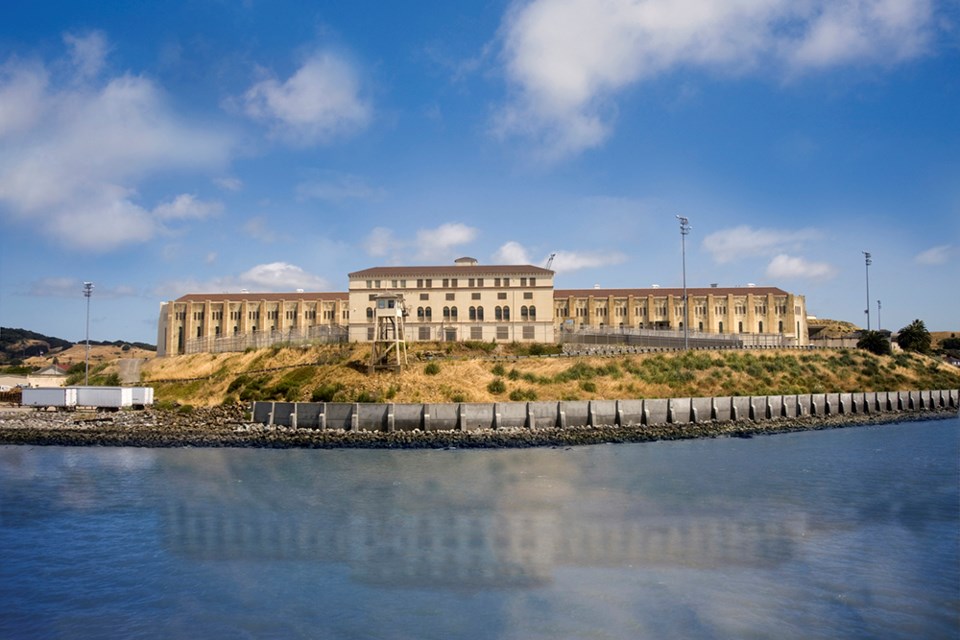Longer days and warmer nights, a renewal of life everywhere and a measurable amount of hope are all promises of the blossoming season of spring. Nonetheless, one thing spring has never promised is punctuality.
Winter finally relents and here we are, surrounded by new life, edging toward summer.
In substance addiction, no matter how unwanted and antisocial the behaviour manifests, a spring-like renewal spells out “opportunity” in capital neon letters. Opportunity for a restart in a life going horribly wrong.
The scattered remnants of self-destructive years create fertile ground for a new positive reset. Once re-equipped with newly acquired healthy thoughts and actions a real chance for change might only happen a few times in a lifetime.
Like a late spring, a second chance in life can feel almost unlikely to occur, until the positive energy of change rises with the warm sun and hope turns from a cold abstract idea to an almost tangible thing.
In his consciousness-opening autobiography Finding Freedom: How Death Row Broke and Opened My Heart, San Quentin State Prison death row inmate Jarvis Jay Masters sits waiting in his tiny cell for 23 hours a day, consumed by blinding anger and a terminally troubled soul, waiting for his unjust execution.
After being falsely accused of taking part in the murder of a prison guard and placed on death row, it is impossible to imagine the dark mental and spiritual place Masters was left to stew in during his years of solitary confinement.
It is in this location a criminal investigator offers to teach him breathing exercises that might ease his continuous suffering, which included headaches, seizures and panic attacks. After initially rejecting the idea with a predictable, profanity-filled defensive verbal bravado, Masters, with truly nothing left to lose, asks the investigator how to do “that meditation shit.”
The seed to an internal salvation is planted beside the most poisonous soil of the execution chamber, and, somehow takes root. Eventually, it grows into Masters converting into a practicing Buddhist.
Tibetan Buddhist lama Chagdud Tulku Rinpoche travelled to San Quentin in California to lead the ceremony. Masters’ heart and mind are transformed into places of love and hope, instead of the hellish hatred which once draped over them.
While still in the same stone and metal cage, he has transformed into an international symbol of hope, preventing violence in the prison, counselling young people by mail, and even helping other prisoners and guards find meaning in their lives.
The smile of the new Jarvis Jay Masters beams like pure sunshine in the pictures of him posing with some of the many visitors from around the globe.
I leave this autobiographical book and, also, the excellent biography on the same subject called The Buddhist on Death Row: How One Man Found Light in The Darkest Place by author David Sheff, in the most accessible area of my bookshelf, ready to be skimmed through or recommended.
Masters’ story reminds me, even when dark and shadowy times linger, that the sun will eventually break through and illuminate a new bright start.
Robert Skender is a qathet region freelance writer and health commentator.



